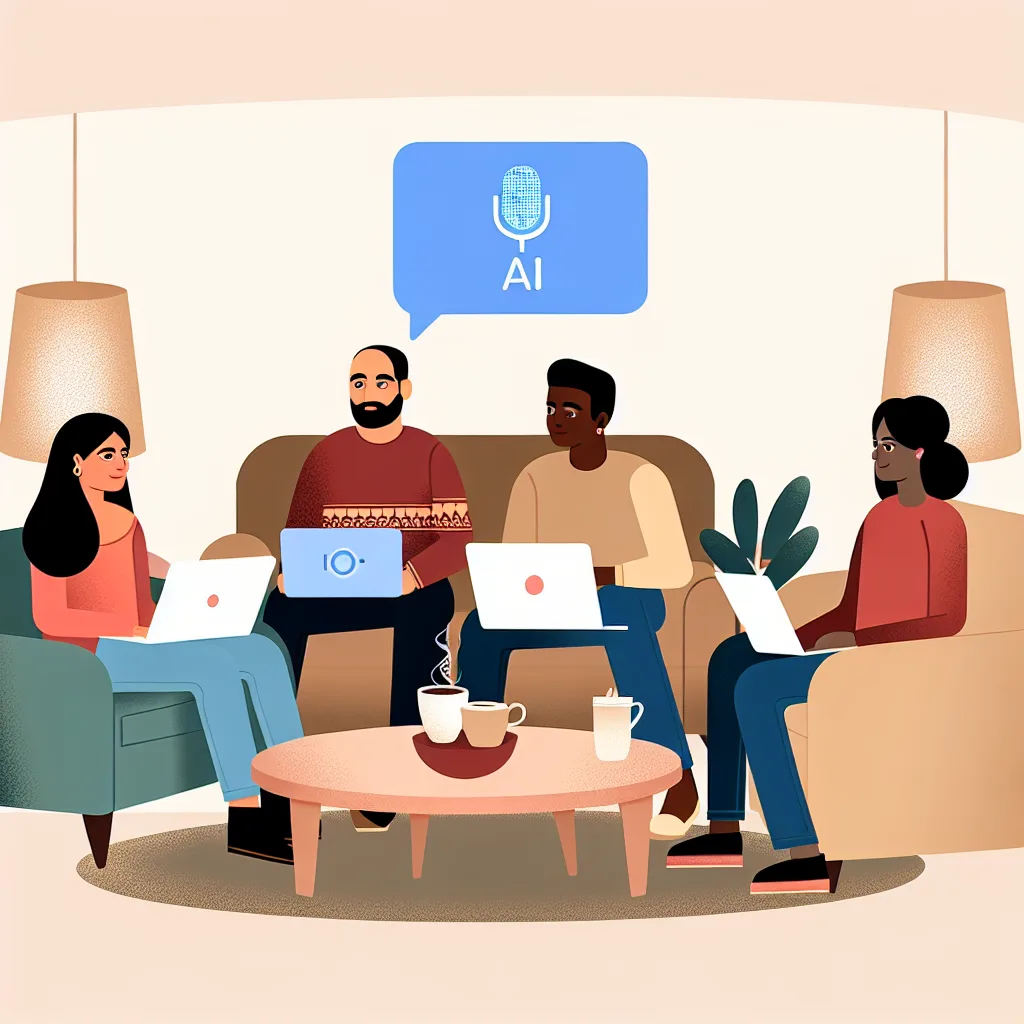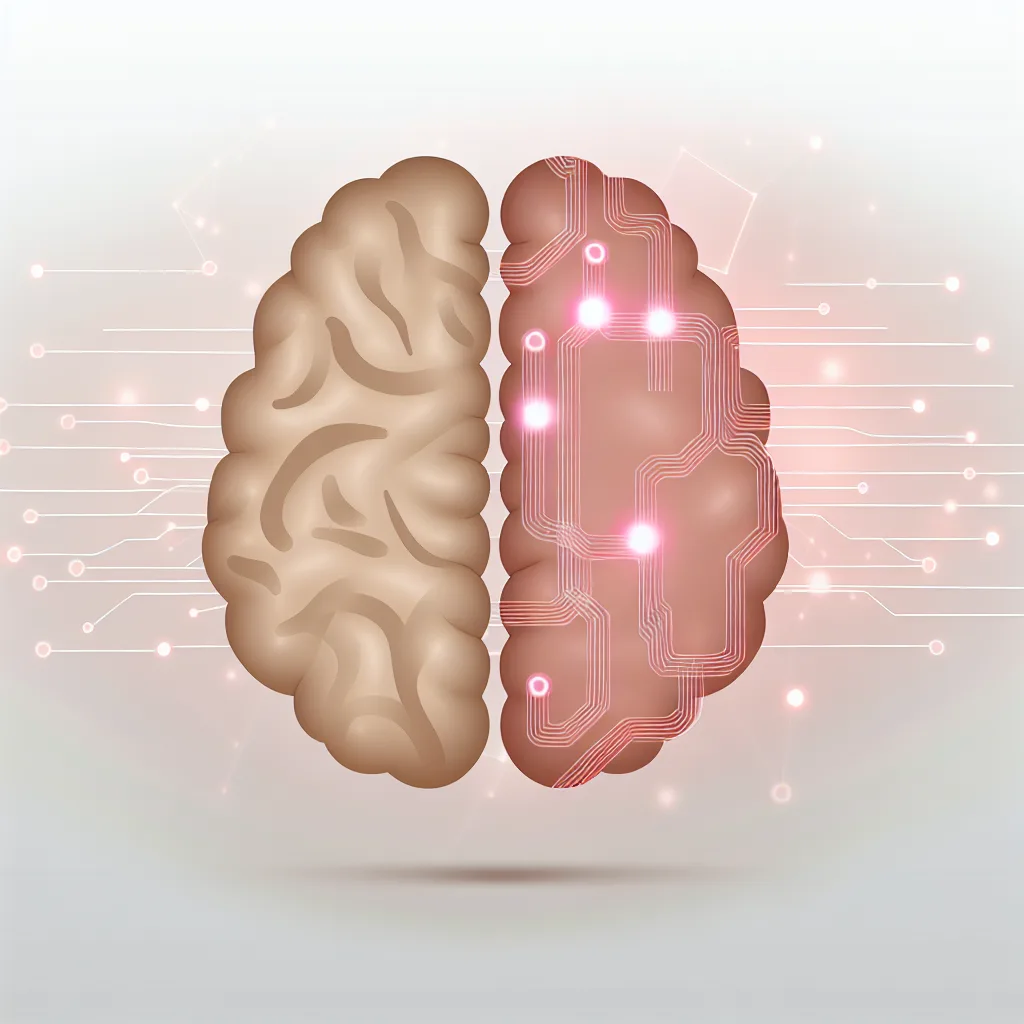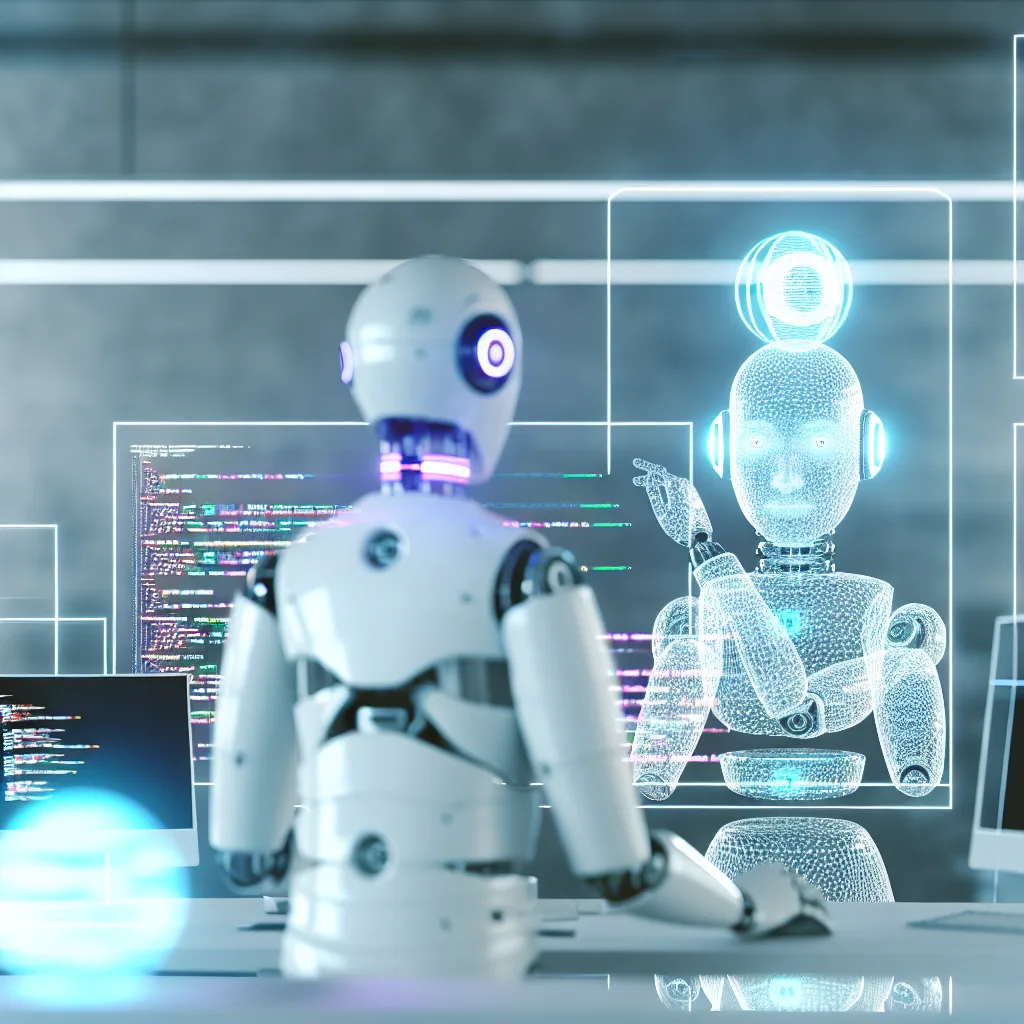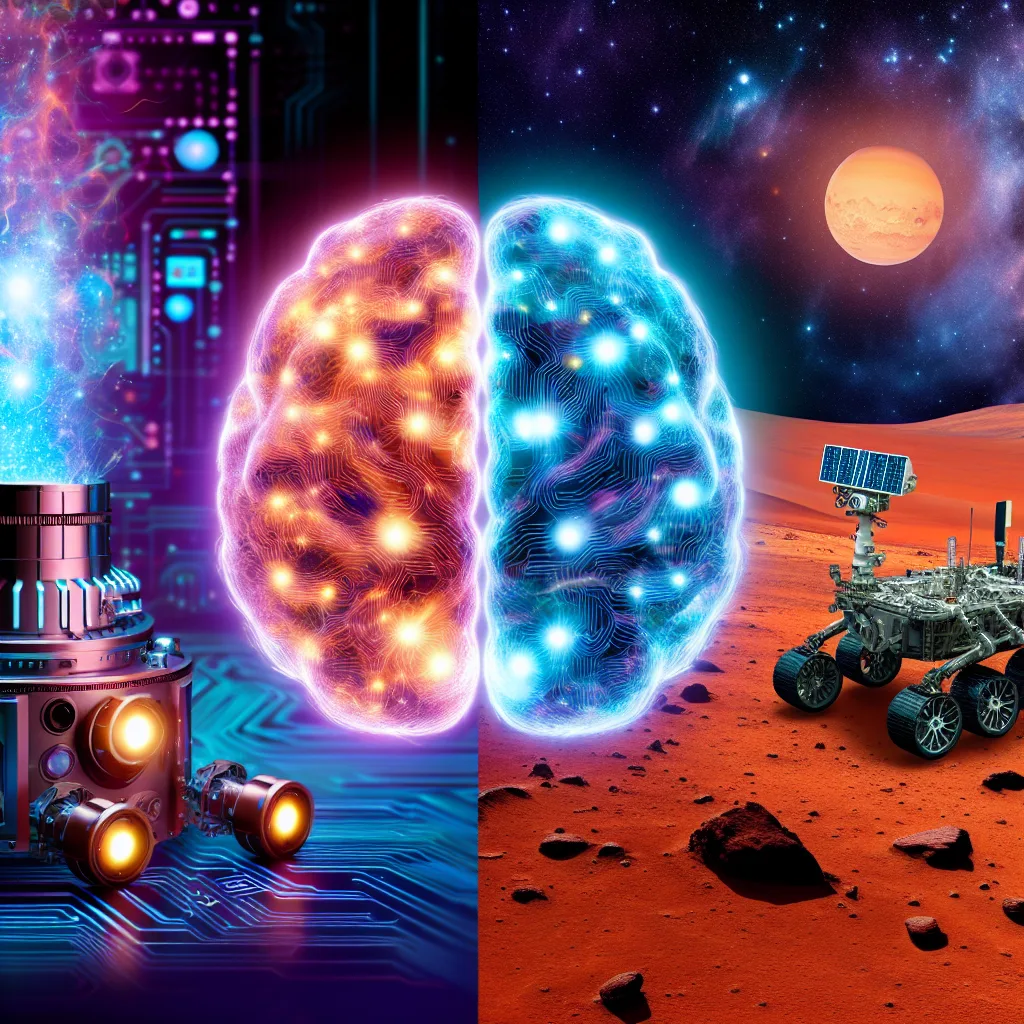Expanding my mini PC fleet with more style and stickers
I recently decided to grow my mini PC fleet, and it’s been a pretty fun little project. You know, those tiny computers that fit snugly on your desk but can pack a surprising punch? Yep, those. My current duo, Flint 2 and Firebat T8, have become my go-to compact companions, and I’m already thinking about adding more to the collection.
Why mini PCs? For me, it’s about having a powerful setup without sacrificing space. They’re perfect for everything from casual browsing and media streaming to light gaming and even some development work. Plus, decorating them is half the fun.
Growing the Mini PC Fleet with Personality
One of the best parts of my mini PC fleet is the stickers. I started with a modest collection, but now I have about 190 stickers waiting for future additions. It’s like each PC isn’t just hardware; it’s almost like a little canvas to express personality. Firebat T8 already shows off its stickers, and Flint 2 is next in line for some flair.
Why Collecting Mini PCs Makes Sense
The flexibility of mini PCs is pretty impressive. They’re easy to set up, don’t hog much power, and you can tuck them almost anywhere. If you want to peek into the world of compact computing, brands like Intel and ASUS offer reliable models with solid performance. Resources like Intel’s official mini PC page provide great insights.
And if you’re into the sticker culture, websites like Redbubble have countless designs to customize your devices.
Planning the Next Addition
The next mini PC on my radar is a bit of a mystery for now — it’ll be named something like “bo-o.something.” I’m still hunting for the right piece to match the vibe of my growing fleet. It’s exciting to know there’s always room for one more.
If you’re curious about mini PCs, TechRadar’s mini PC buyer guide is a solid resource to see what’s out there, including different price points and features.
Wrapping Up
So that’s my little mini PC fleet story. From Flint 2 to Firebat T8 and beyond, it’s a simple yet satisfying way to build a compact setup packed with personality. Whether you’re a tech newbie or a seasoned enthusiast, adding a mini PC to your desk might be worth considering. Just remember, it’s not just about the specs — it’s about having a bit of fun making it your own.
Have you ever thought about expanding your mini PC fleet? Or maybe you already have one? I’d love to hear about your setups and sticker collections!








